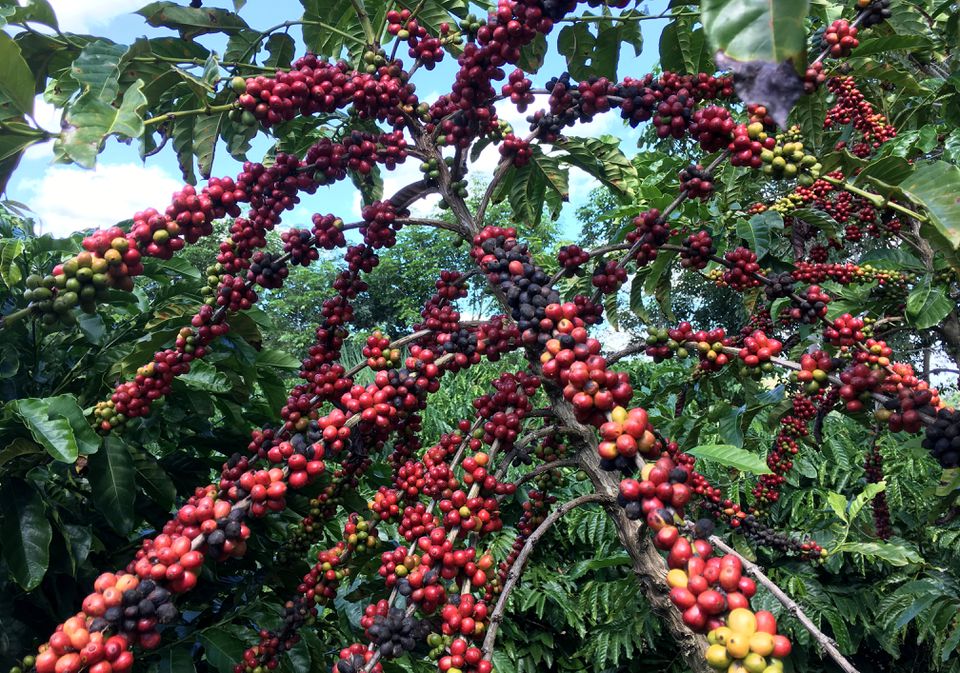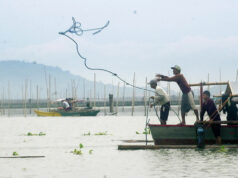Coffee production hampered by small scale of growers’ farms

By Adrian H. Halili, Reporter
COFFEE farmers in the Philippines operate mostly small-scale farms, limiting their ability to rapidly ramp up production, according to Nestlé Philippines, Inc.
Nestlé Corporate Affairs Head Joey Uy III said: “The average farm size is one to two hectares. … given the size of their land, it might not be enough,” Mr. Uy told reporters at the weekend.
Smallholder farmers — those with between one and two hectares of land – account for an estimated 80% of Philippine coffee production.
These growers are typically located in Mindanao area, where about 70–80% of coffee is produced, because the climate there is suitable for growing coffee.
The Philippines imports the majority of its coffee requirements, mostly from Vietnam, as local production cannot meet demand. Local coffee can service about 38% of market needs.
“The medium-scale farmers have five hectares. And then (there are) big farm land owners as well. So, it varies,” Mr. Uy said.
“But our focus is on the small farmers. We want to consolidate them into associations or work with cooperatives,” he added.
The company requires about 40,000 metric tons of coffee per year at its Cagayan de Oro processing plant.
He said Nestlé conducts technical training for coffee farmers to improve the yield of the high value crop to 1 metric ton per hectare. The company trains 4,000 to 8,000 farmers per year.
He added that yields have also increased due to the use of regenerative agriculture, which aims to maintain the fertility of the soil.
“We also bring back the health of our land. Normally, when you always harvest, you also uproot the nutrients. So, we practice regenerative agriculture as well,” he said.
“That means that we have to practice balanced fertilization and not to be fully dependent on chemicals into the land. So we try to inject composting, agroforestry, intercropping, covered crops, in order to bring back the health of the land,” he added.
The government’s Coffee Industry Roadmap seeks to increase the self-sufficiency rate of the industry to about 47%.
The Department of Agriculture (DA) is proposing a budget of P32 billion next year for high-value crops.
“We have like almost 30 crops to look into. So, the mechanism now is to introduce transformative interventions to address farm productivity,” Agriculture Undersecretary Cheryl Marie Natividad-Caballero said.
The DA is also planning to put up multi-purpose cold storage facilities to minimize post-harvest losses of high value crops.
“It’s still a proposition, but while waiting for 2025, we are doing our due diligence. We are going around to see where we have a competitive advantage for a particular crop in a particular location,” Ms. Natividad-Caballero added.



